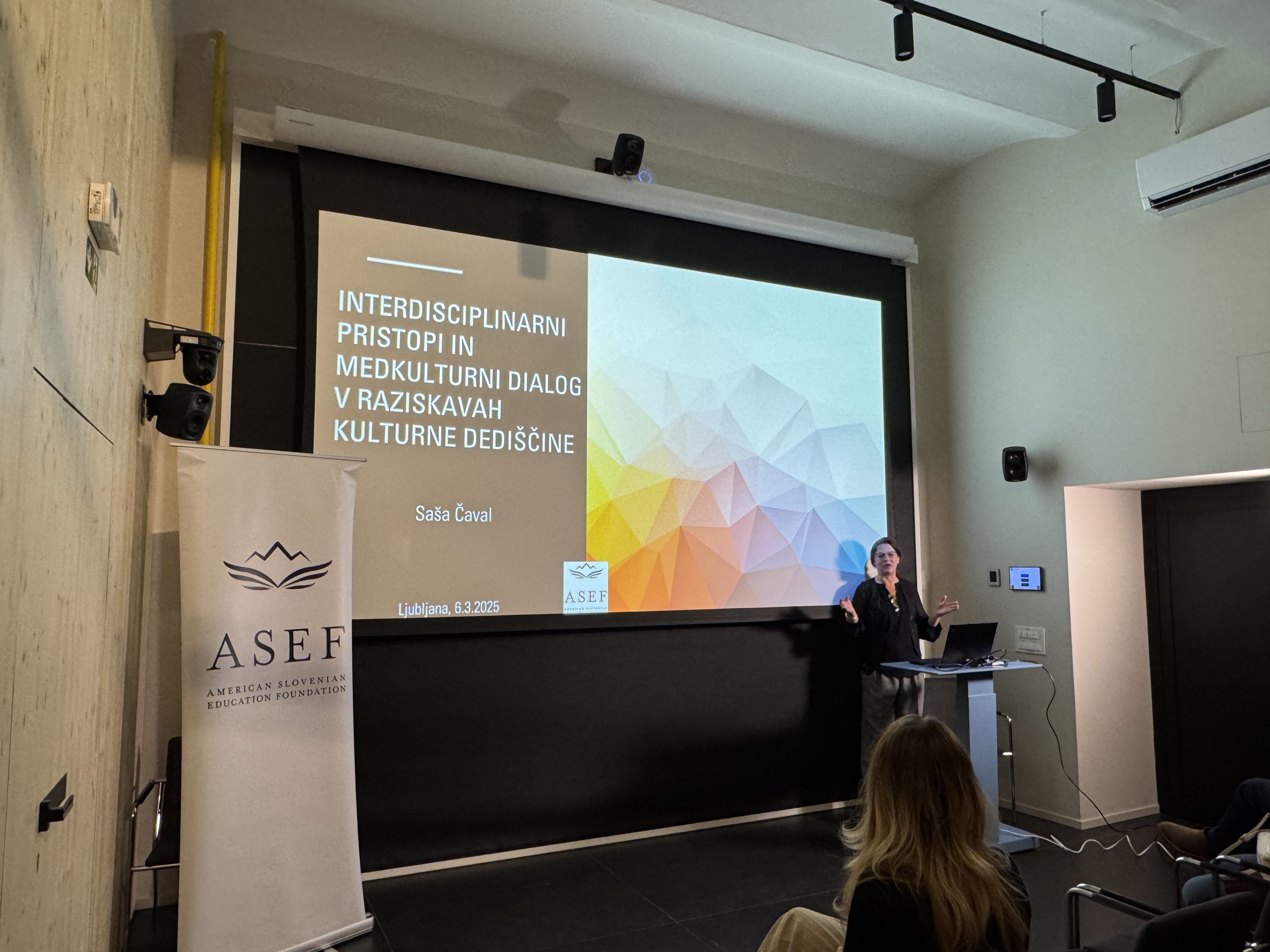
Dr Saša Čaval: Interdisciplinary Approaches and Intercultural Dialogue in Cultural Heritage Research
On Thursday, March 6th, a popular science lecture was held in collaboration with the Heri Sci association as part of the ASEF Speaker Series. Dr Saša Čaval, a lecturer and researcher at the Stanford Archaeology Center (SAC) and the Institute for Research in the Social Sciences (IRiSS) at Stanford University, presented her research. The lecture was titled “Interdisciplinary Approaches and Intercultural Dialogue in Cultural Heritage Research.”
The event was moderated by Lana Nastja Anžur, ASEF 2024 Junior Fellow, who completed her 10-week research visit under the mentorship of Dr Saša Čaval. She introduced the Heri Sci association – Young Experts in Heritage Science Slovenia, which brings together researchers from various fields of cultural heritage, promoting interdisciplinary approaches. She emphasized the importance of international collaboration in achieving a deeper understanding and preservation of cultural heritage.
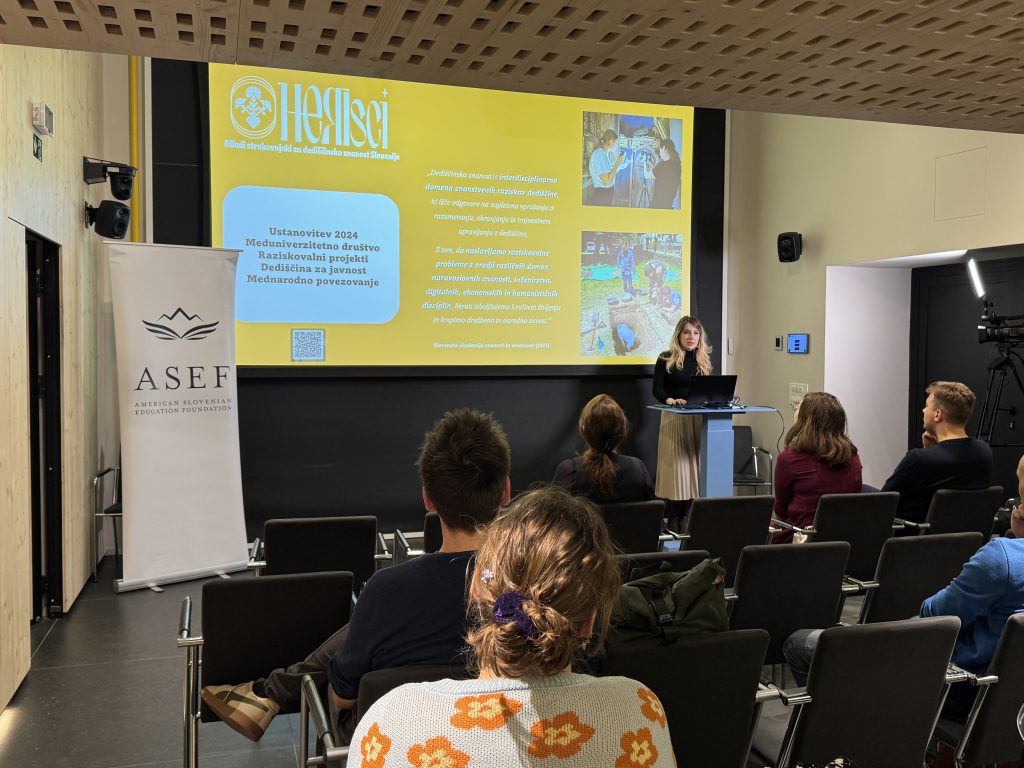
In the introductory part of the lecture, Dr Čaval presented the importance of interdisciplinary approaches which are crucial for a holistic approach to different aspects of cultural heritage. They enable the integration of archaeology, anthropology, history, natural sciences and modern technologies in the interpretation of the past. Intercultural dialogue plays a key role in cultural heritage research, as local communities know their place and heritage best. University structures are also increasingly becoming based on multidisciplinarity.
She explained the term cultural heritage, which she defined as an asset inherited from the past, not limited to tangible monuments, but also including intangible heritage, natural heritage, biodiversity and cultural landscapes. It is intimately embedded in all aspects of human life and influences the formation of identity and collective memory. She stressed that preserving heritage is everyone’s responsibility, as it holds an intimate link with the past and forms the basis for the future.
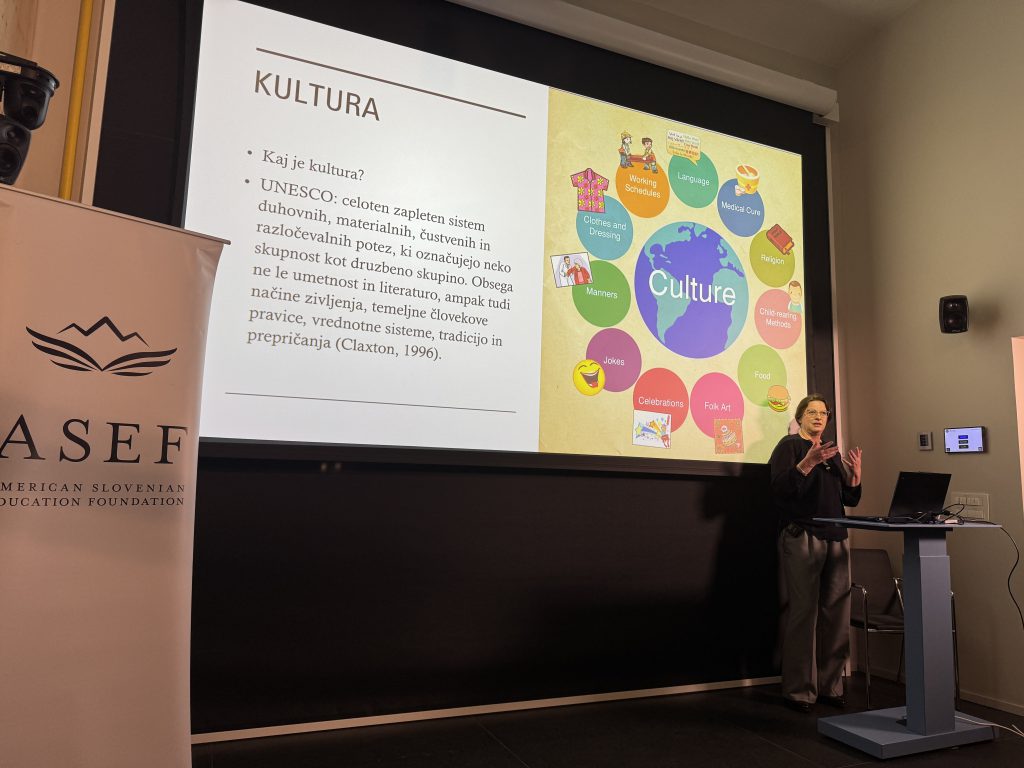
Dr Čaval then presented the highlights of her archaeological excavations, including excavations in Egypt, Central America and Mauritius. In Egypt, she excavated the tomb of a 25th Dynasty Harwa official in the Deir-El-Bahri valley, where the excavation was special because of the way the desert sands were sedimented. In Mexico, she worked on the Maya civilization, where she saw in more detail the usefulness of an interdisciplinary approach, which has enabled researchers, among other things, to analyse climate change and its impact on land use. She highlighted in particular her research at Aapravasi Ghat and Le Morne on Mauritius, where she studied the impact of the colonial past on contemporary society. The island, which doesn’t have an indigenous population, has a rich history of colonialism and slavery. Today, it is one of the most advanced islands in the region, but faces challenges in preserving its heritage.
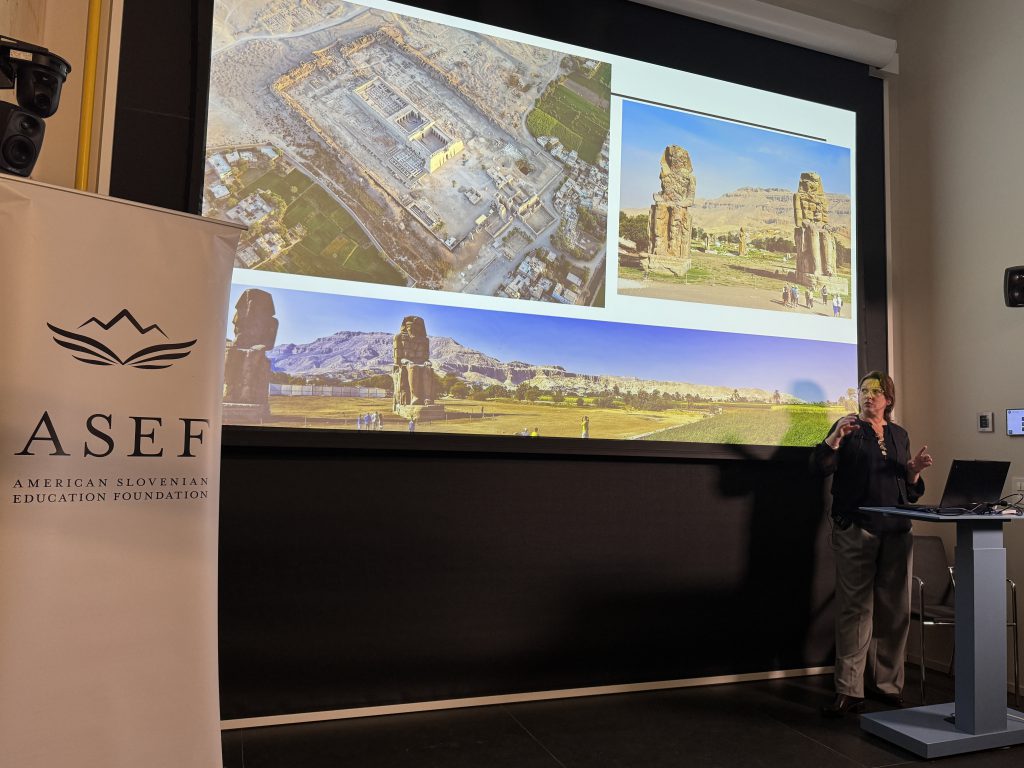
One interesting example of cultural heritage research on Mauritius is Bois Marchand, once the largest cemetery in the southern hemisphere, created in 1867 as a result of a malaria epidemic. Around 20% of the island’s population died at that time, a total of around 40 000 people. The cemetery covers 40 hectares and is an important source for the study of social relations and the effects of disease in the 19th century. The different burial methods, including lead coffins and rich grave markers, provide insights into the social and religious fabric of the time. Using the rich archive of burial books and molecular biography (DNA), researchers have been able to reconstruct the history of population, climate change and other environmental factors on the island.
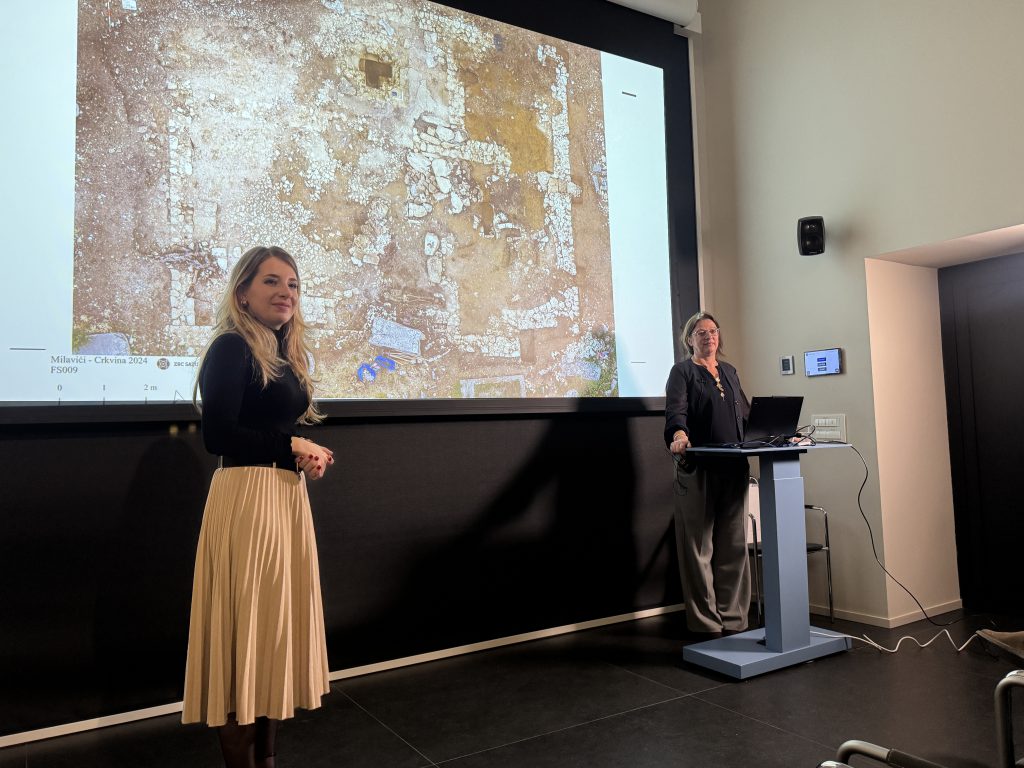
In the last part of the lecture, Dr Čaval presented the phenomenon of medieval stelae in the Western Balkans, unique funerary monuments dating from the 12th to the 16th century. Some 70,000 stelae have been preserved in Bosnia and Herzegovina, Serbia, Montenegro and Croatia, and their history and symbolism are still shrouded in mystery. The stelae are a remarkable example of religious and cultural pluralism, combining elements of different scripts, artistic expressions and religious symbols. Their analysis contributes to an understanding of medieval societies that were not strictly ethnically or religiously segregated, but coexisted in a complex dynamic of cultural influences.
Dr Saša Čaval concluded her lecture with the reflection that globalisation poses a challenge to the authenticity of cultural heritage, as it often leads to the homogenisation of cultural practices. Research that involves local communities and takes into account their specific needs is crucial for understanding the multilayered nature of cultural expressions and material heritage. The preservation of cultural heritage is not only the task of professionals, but the responsibility of all those who strive for a sustainable future and respect for diverse cultural traditions.
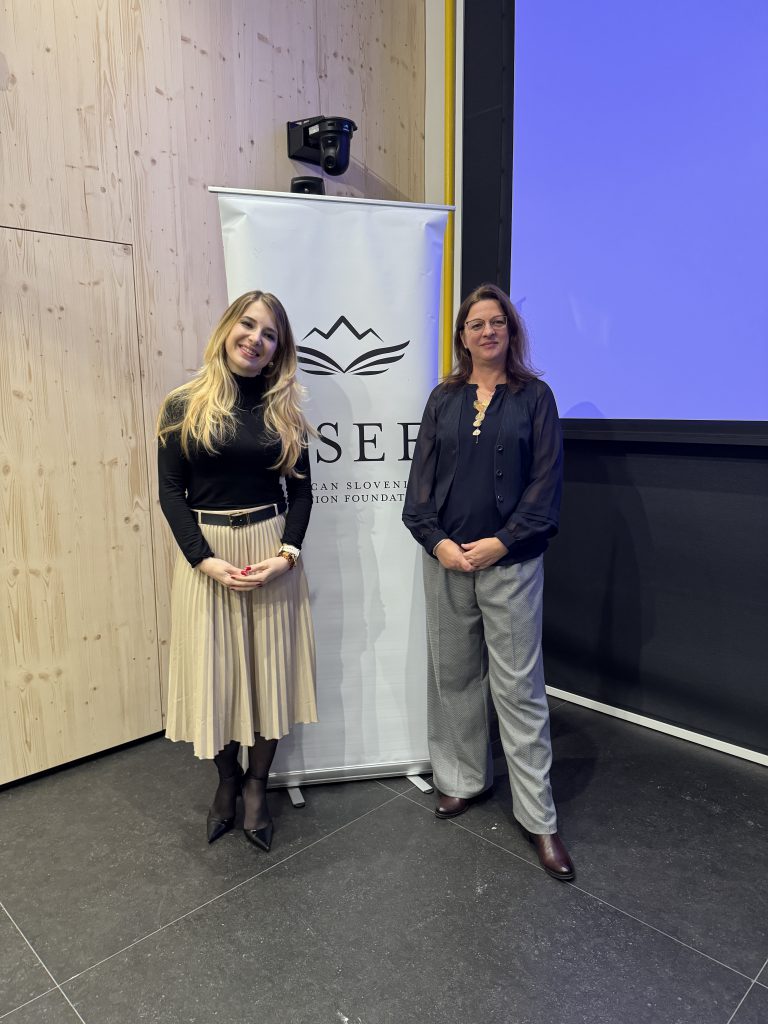
The lecture was held in a hybrid way, via the Zoom platform and live in the Gosposki Hall of the ZM GIAM ZRC SAZU. The event was organised with the support of the Government Office for Slovenians Abroad and the World and the Slovenian Youth Office.

